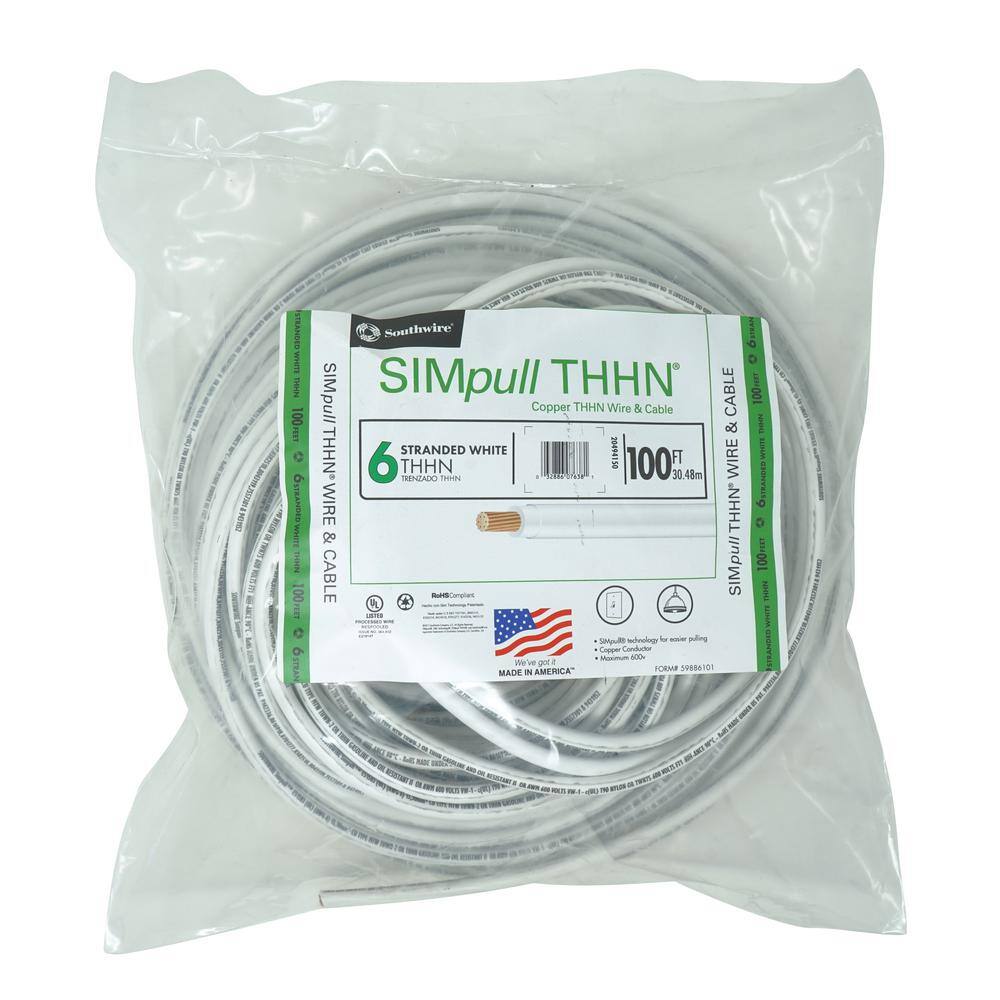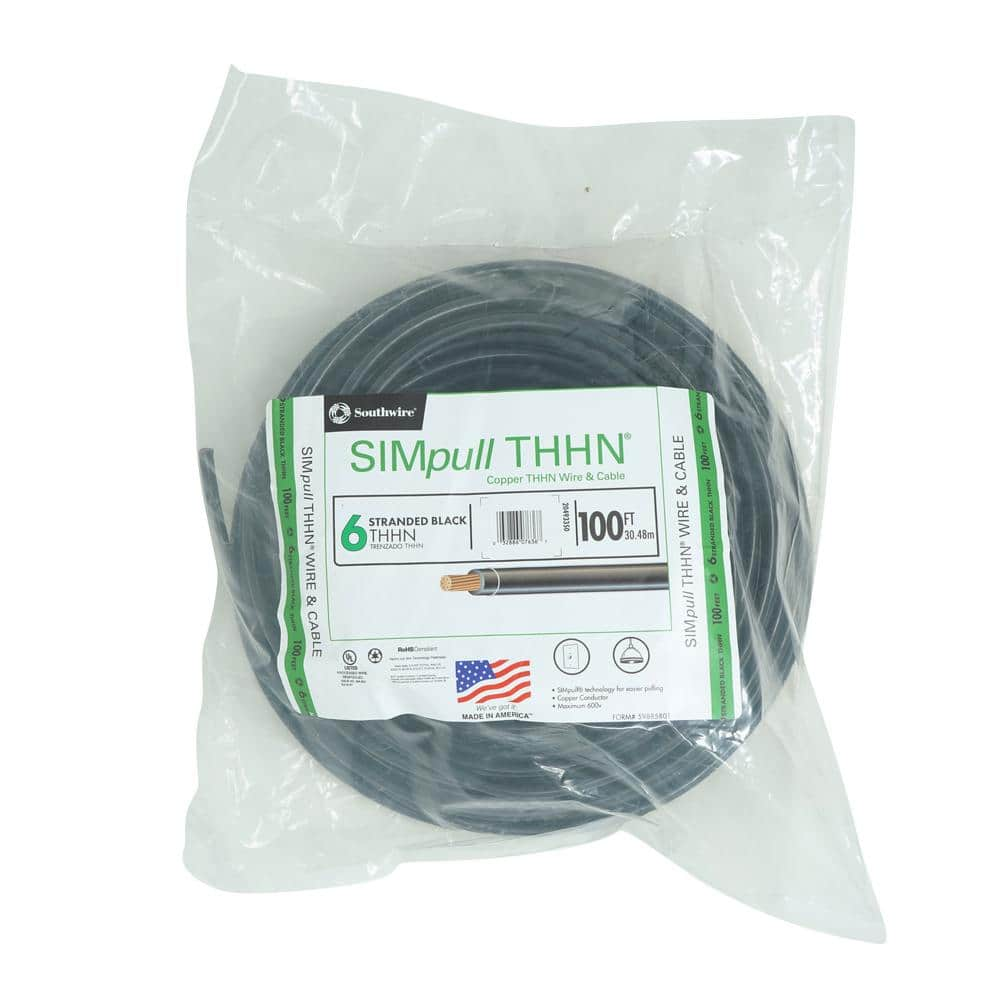iluvmacs
Member
I don't believe this to be true. 120V and 240V are two "nominal voltages" but not two "nominal voltage systems". Your (and my) split-phase 120/240 is one "voltage system". A 3-phase 120/208Y would be another system. A 3-phase delta 480V would be another system. Heck, if I had a second 120/240 service in my house, fed from another transformer, that would be another system*.Yes it does apply. I have two and so do you. I found several pages that were discussing this, which were electricians talking about it for regular residential home wiring systems, which are split phase and have two "nominal voltage systems", 120V and 240V. Therefore the need to designate the different wires because you can have more than one hot phase that need to be identified in some way.
...if you mark one of them with tape or some such, which is mentioned in that code section.
The operative word here is "system", not "voltage". There is clear need to identify different phases when they originate from different systems. There is not when they belong to the same system, except in certain circumstances (which I mentioned previously).
(* - however, in this case I wouldn't actually have to identify them differently thanks to the exception you so conveniently provided: "Different systems within the same premises that have the same system voltage class shall be permitted to use the same identification." Note this wording also provides logical support for my claims above.)
Last edited:




